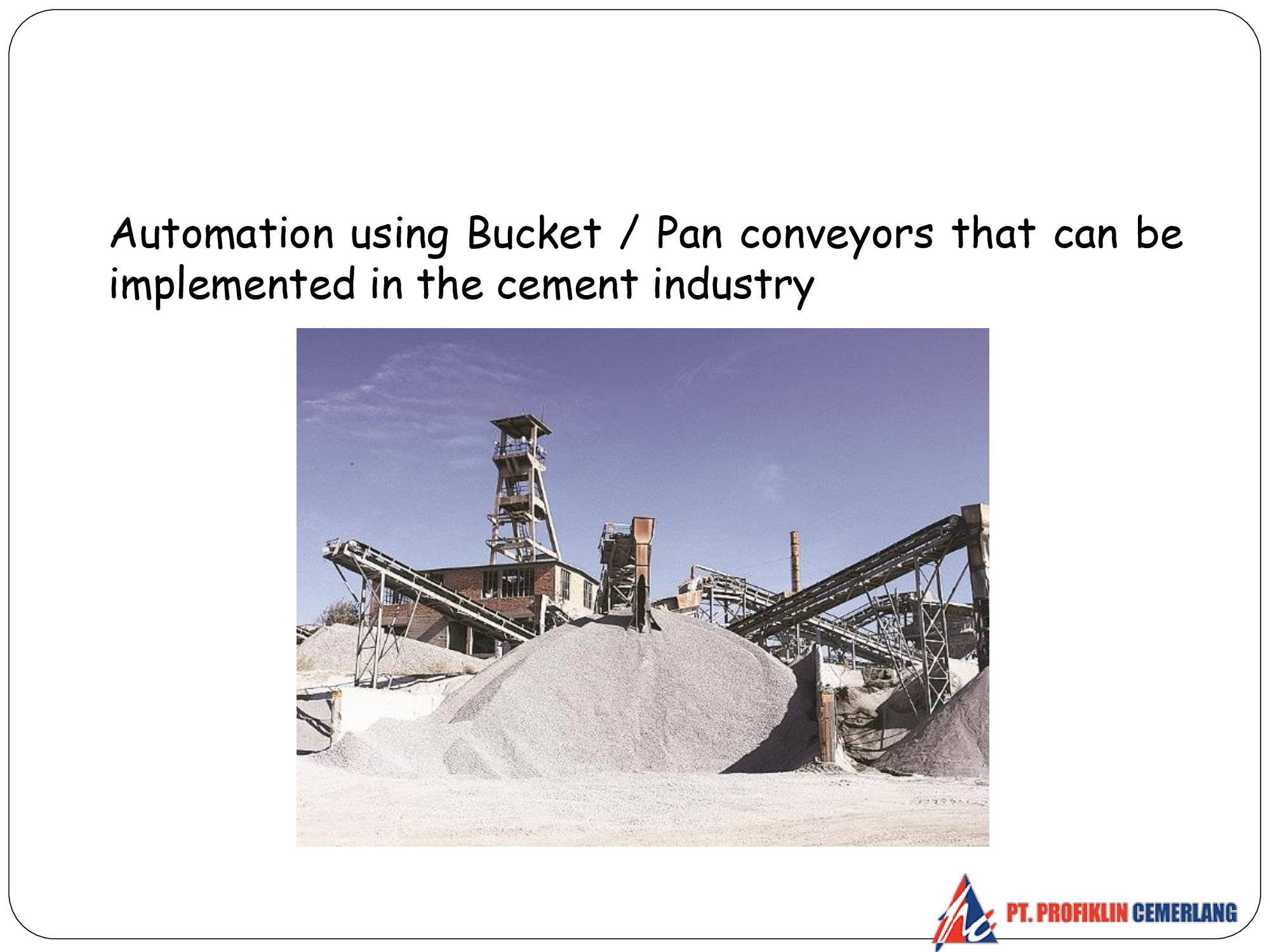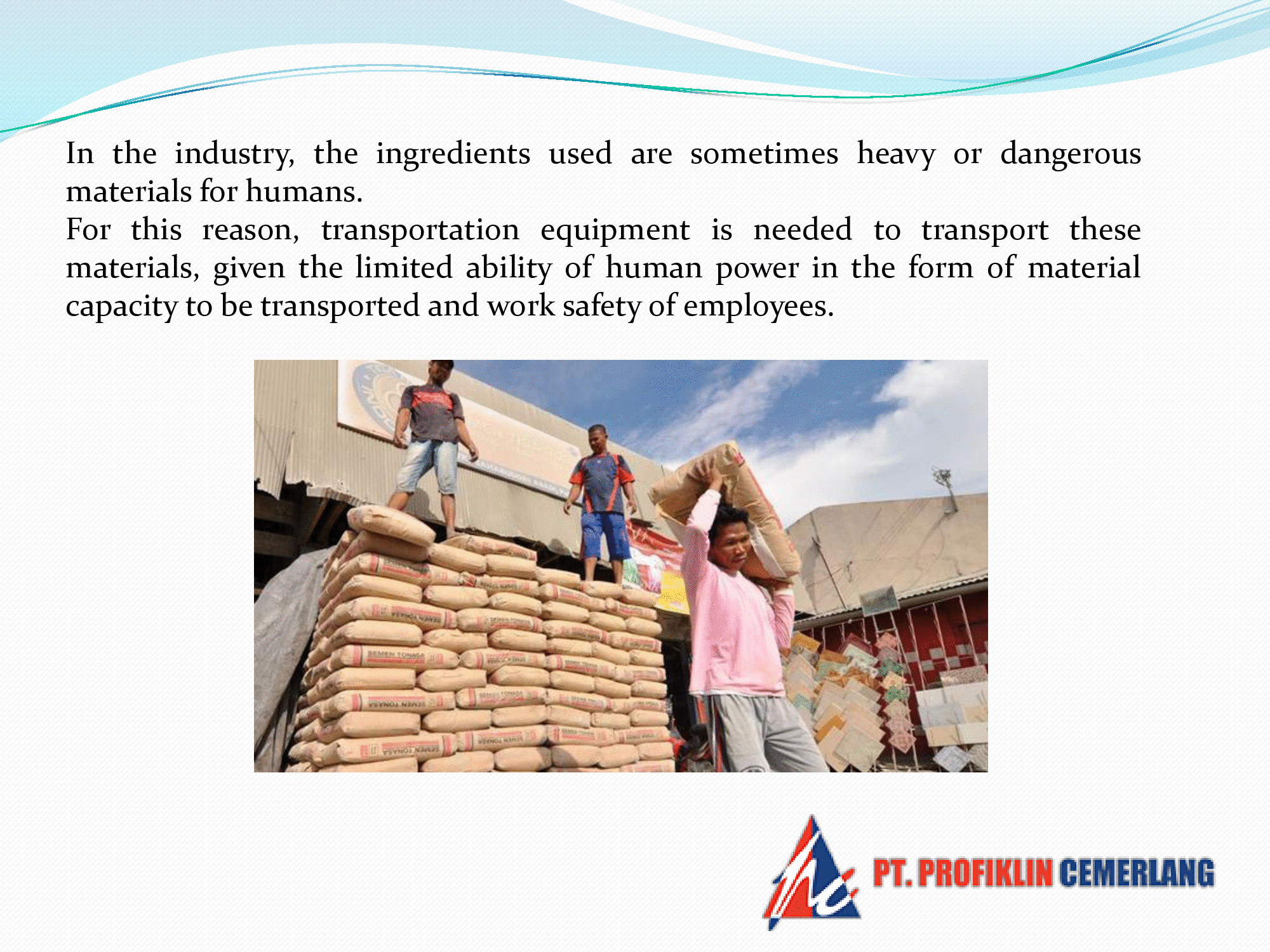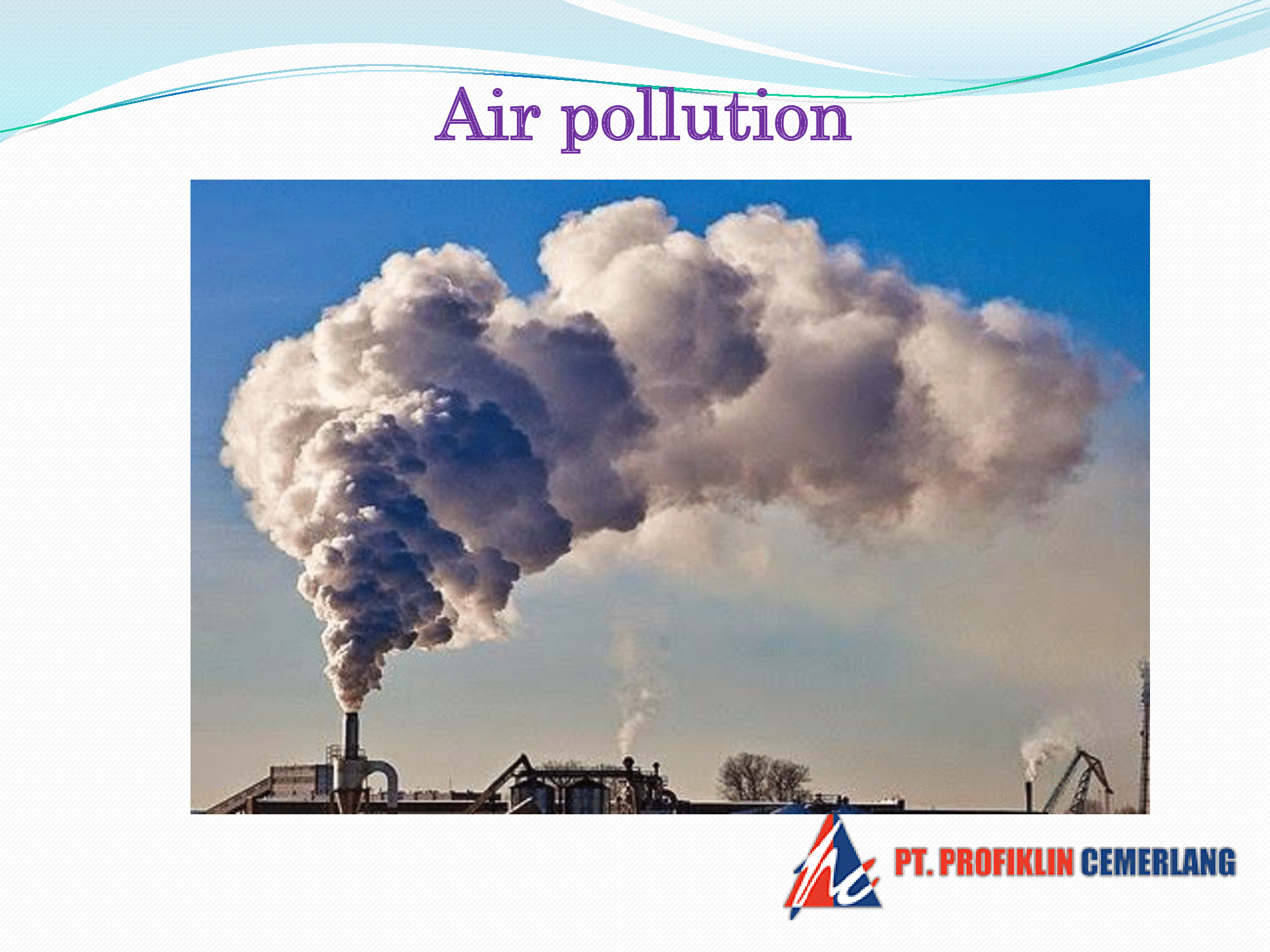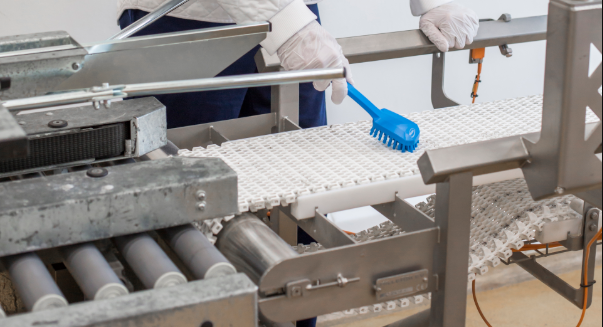In many industrial sectors, the need to be able to unload solid material, fine grade or in lumps, into lorries or other vehicles with little or no dust, is satisfied by the loading bellows.
Manufacturing programme includes various types of loading bellows used in a range of sectors, such as the cement industry, for lime, gypsum, and premixed plasters steelworks, mining, chemical, power station sectors etc.
CS loading bellows: This equipment is used to load bulk materials, in powder or small lumps, from a silo or installation, onto a generally closed vehicle (lorry or rail wagon);
CSM loading bellows: This equipment is used to load abrasive bulk materials, in small lumps, from a silo or installation, onto a generally open vehicle (lorry or rail wagon) or discharged at a yard;










